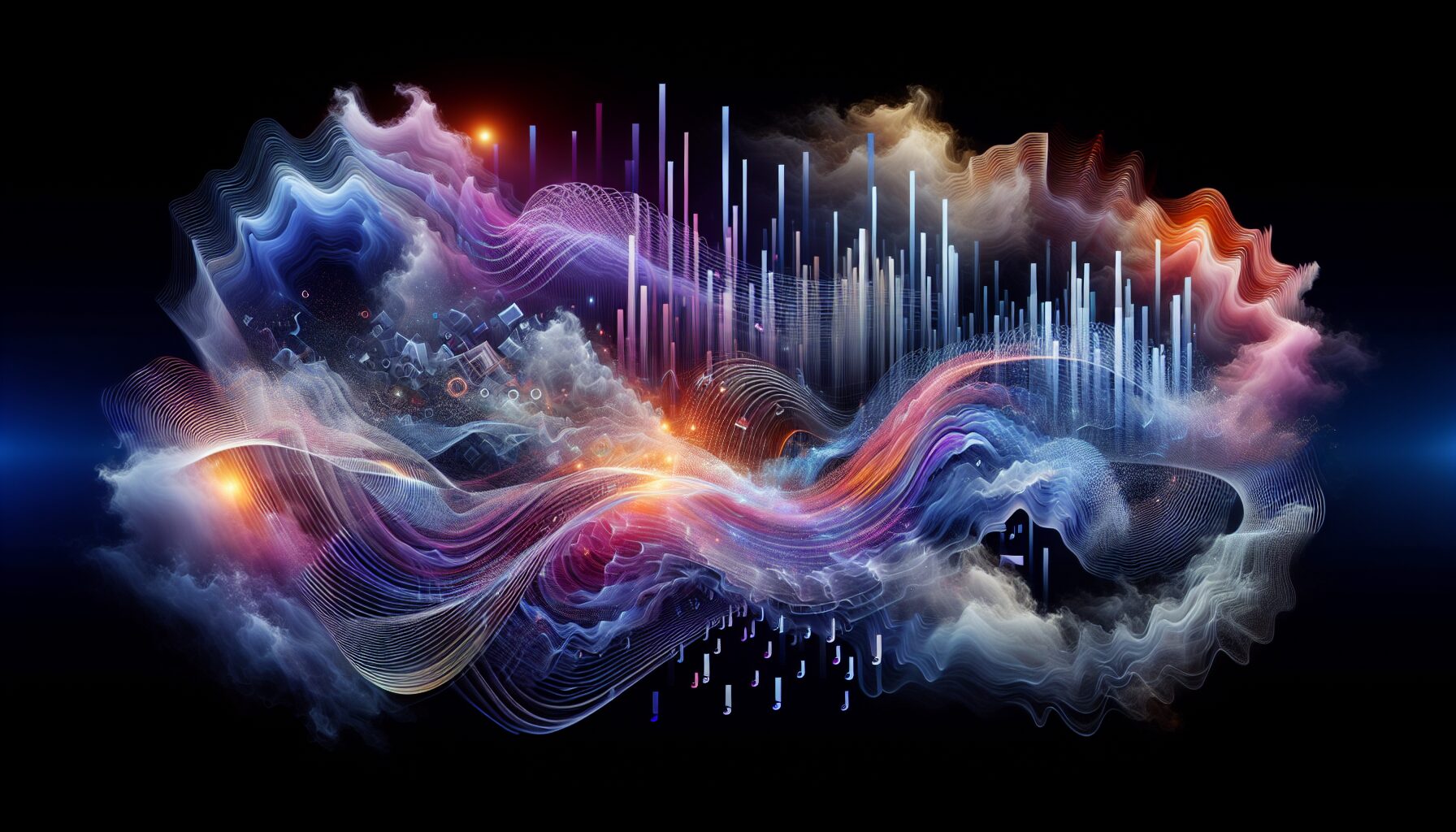The journey into the realm of experimental soundscapes is akin to exploring the depths of a vast, uncharted ocean. Many have ventured into this domain, crafting new worlds of sound where traditional music boundaries fade away. Songs of the Hollow stands as a monumental reflection of these explorations.
The Genesis of Soundscapes
In a world where music is often defined by structure and tradition, experimental soundscapes challenge these norms by weaving intricate sonic tapestries. These compositions are not bound by melody or rhythm but are instead guided by the creator’s desire to evoke profound emotions and unusual experiences. Brian Eno, a pioneer in the field, once stated,
“Ambient music must be as ignorable as it is interesting.”
His thoughts encapsulate the philosophy driving experimental soundscapes: they must integrate seamlessly into the environment, yet offer depths of richness for those willing to explore them.
Innovators of the Unfamiliar
An array of musicians and sound artists have embraced the experimental soundscape genre, blurring the lines between music and noise. Here are some noteworthy contributors:
- Ryoji Ikeda: Known for his minimalist electronic compositions, Ikeda manipulates sound frequencies to create a stark and immersive auditory experience.
- Hildur Guðnadóttir: Her work reflects a haunting blend of cello compositions interspersed with electronic elements, most famously showcased in the soundtrack for HBO’s Chernobyl.
- Aphex Twin: Often categorized under electronic music, Aphex Twin, also known as Richard D. James, has extensively used unconventional sound elements, inviting listeners into a world of auditory experimentation.
Characteristics of Experimental Soundscapes
While each soundscape is uniquely crafted, several common elements can be identified across the genre:
- Non-traditional instrumentation: Artists often eschew conventional instruments in favor of digital synthesis, found sounds, and environmental noise.
- Abstract composition: The absence of traditional melody and rhythm allows these works to transcend typical music structures, forming an abstract auditory canvas.
- Purposeful ambiguity: The open-ended nature of these soundscapes invites personal interpretation, allowing each listener to derive a unique experience.
Impact on Listeners and Broader Culture
For many, engaging with an experimental soundscape is a transformative experience, demanding active participation from the listener. As music critic John Cage argued,
“What we hear is determined by our own curiosity and attitudes.”
The listener becomes a collaborator, with the sounds serving as catalysts for introspection and emotional release.
The influence of soundscapes extends beyond individual experiences to affect broader cultural articulations. Films, art installations, and even commercial advertisements have adopted elements of soundscapes to enhance storytelling. The auditory sensations crafted within these environments can evoke emotional responses, amplify visual cues, and reinforce thematic elements in other media forms.
The Future of Soundscapes
With advancements in technology, the boundaries of experimental soundscapes continue to expand. Virtual reality (VR) and augmented reality (AR) offer immersive platforms where soundscapes can be integrated seamlessly into 3D environments, creating holistic experiences that envelop all senses. This convergence of technology and sound art holds the potential to revolutionize both genres, amalgamating auditory and visual stimuli to form new dimensions of artistic expression.
As interest in these soundscapes grows, more artists will likely pursue this avant-garde approach, leading to an even richer tapestry of auditory innovation. It’s a field ripe for exploration, where the established laws of music hold little sway, and creativity reigns supreme.
Conclusion
Songs of the Hollow and the broader field of experimental soundscapes challenge us to expand our auditory horizons and reconsider our relationships with sound. As instrumental pioneers such as Eno, Guðnadóttir, and Aphex Twin continue to push these boundaries, they invite us into an evolving conversation about music, art, and human perception.
For those willing to listen, these soundscapes offer an endless playground of discovery and imagination, promising an auditory experience that defies conventional understanding yet resonates on a primal, instinctual level. The field is evolving, and the journey through this domain of experimental soundscapes is as boundless and mysterious as the sounds themselves.
